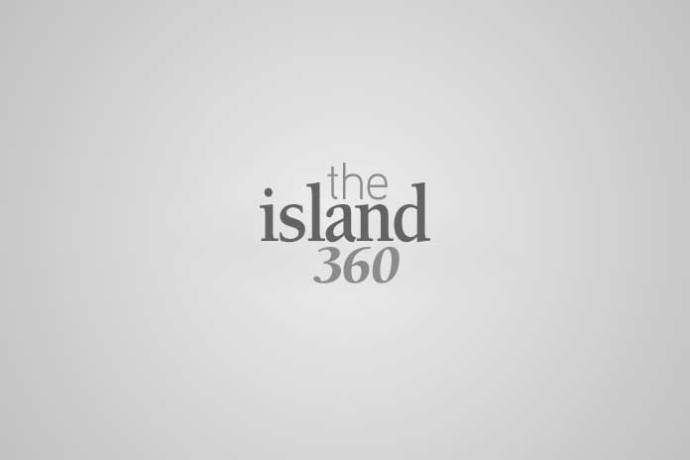Karen Rubin claims that diversity, equity, and inclusion (DEI) “emerged out of the 1960s civil rights movement.”
In fact, the DEI triad is a much more recent coinage. As recently as within the last decade, the corporate buzzword was D&I—diversity and inclusion. Go back 5-10 years earlier, and it was simply diversity and was largely contained to college campuses.
More importantly, though, while DEI may seek to help many of the same people as the civil rights movement, its values and methods are radically different.
Martin Luther King dreamed of a future in which people “will not be judged by the color of their skin but by the content of their character.”
Yet, DEI seeks to do just the opposite. Nearly all DEI policies treat opportunity as a zero-sum game and aim to help those groups that have not had as much success by discriminating against those groups that have been more successful, whether that be through affirmative action in college admissions, scholarships restricted to a particular race or gender, or workplace affinity groups where people are told that they are not allowed in the room because of the accidents of their birth.
The word “equity” is not what it appears. It sounds very similar to equality, and it is easy for those not familiar with the word to assume that it is a synonym. In fact, the two words have very different meanings.
Equality generally refers to equality of rights and opportunities, the right of all individuals to receive the same treatment by the government and be free from discrimination by private institutions as required by law. It is the idea codified in the Fourteenth Amendment, the Civil Rights Act, and Title IX.
Equity, on the other hand, refers specifically to equality of outcomes, the collective right of groups to receive a set percentage of jobs, offers of admission, etc., regardless of the merits of the individuals in question.
The implications of equity are problematic enough with regard to groups that have not historically faced discrimination, but they are even more problematic when applied to minorities such as Jews and Asians that have in recent years achieved greater success at the group level than the majority.
It is DEI that led to the anti-Asian racism in college admissions where Asian applicants received fewer offers than white applicants with the same qualifications, an injustice that the Supreme Court finally recognized this past summer.
If a group with a history of discrimination achieves success, DEI proponents assume that it means that the discrimination wasn’t really that bad and refuse to consider the possibility that the people in that group worked hard to achieve that success despite the injustice that they faced.
Given this mindset, is it any wonder that the same campus DEI offices that have served as the thought police when it comes to speech that might be deemed offensive to other minorities or women have failed to protect Jewish students from physical violence and threats thereof and that departments whose names end with the word “studies” have been hotbeds of anti-Semitism in the aftermath of the Oct. 7 atrocities?
How long will it take before we start hearing about “Jewish privilege” and “Asian privilege” from these people?
So, if DEI isn’t the answer, then what is? While many DEI proponents would have us believe that the only alternative is old-school racism and sexism, this is a false choice.
The values for which we should strive can be summarized by their own acronym, TIME: tolerance, individualism, meritocracy, and equality.
These are the values that inspired the American founding and the civil rights movement. Dr. King spoke of our founding documents as a “promissory note,” and while the work of keeping that promise is still not done, we have progressed further than ever before. Let’s strive to continue that progress, rather than abandoning these worthy values in favor of an alternative that is deeply unjust.
David Golub
Mineola

